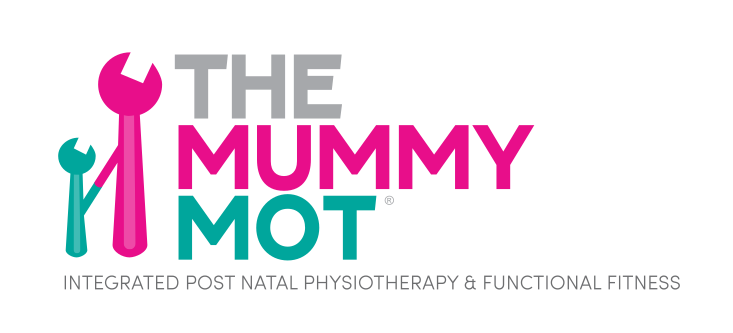This week the Mummy MOT which is a postnatal assessment for all mothers at any stage following the pregnancy and birth of their baby is focusing on returning to exercise. There appears to be a huge pressure to return to high impact exercise as soon as possible following the baby’s birth. Your postnatal fitness can be affected by many variables including the amount of exercise you were able to do during the pregnancy, your previous fitness levels, how traumatic the birth was, your sleep pattern etc. In addition, it is worth remembering that everyone’s journey is different postnatally as is every birth therefore comparison is futile in regards to your fitness.
You may be wondering how you would know if your pelvic floor isn’t functioning at its best. The key signs and symptoms that the pelvic floor may not have fully recovered from the birth of the baby are;
- Urinary or faecal incontinence (leakage)
- Urinary or faecal urge that is difficult to defer
- A heaviness/pressure/bulge/dragging sensation in the pelvic area
- Pelvic Pain with sexual intercourse or opening the bowels
- Separation (feels like a gap between the muscles) of the abdominal muscles often referred to as the “mummy tummy”
- Hip, lower back or pelvic pain
It is recommended that all women have an assessment of their pelvic floor muscles following the birth even if they don’t have any symptoms. This can be done at any stage from six weeks onwards. If there is any doubt in your mind that you are suffering from any of the symptoms listed above a check up with a women’s health physiotherapist who specialises in postnatal fitness is a definite must. They will assess how your body and pelvic floor is recovering from the birth and work with you to help you achieve your fitness goals. Having an assessment of your pelvic floor and doing the correct exercises following birth of baby will protect you in the future from possible pelvic floor related conditions.

